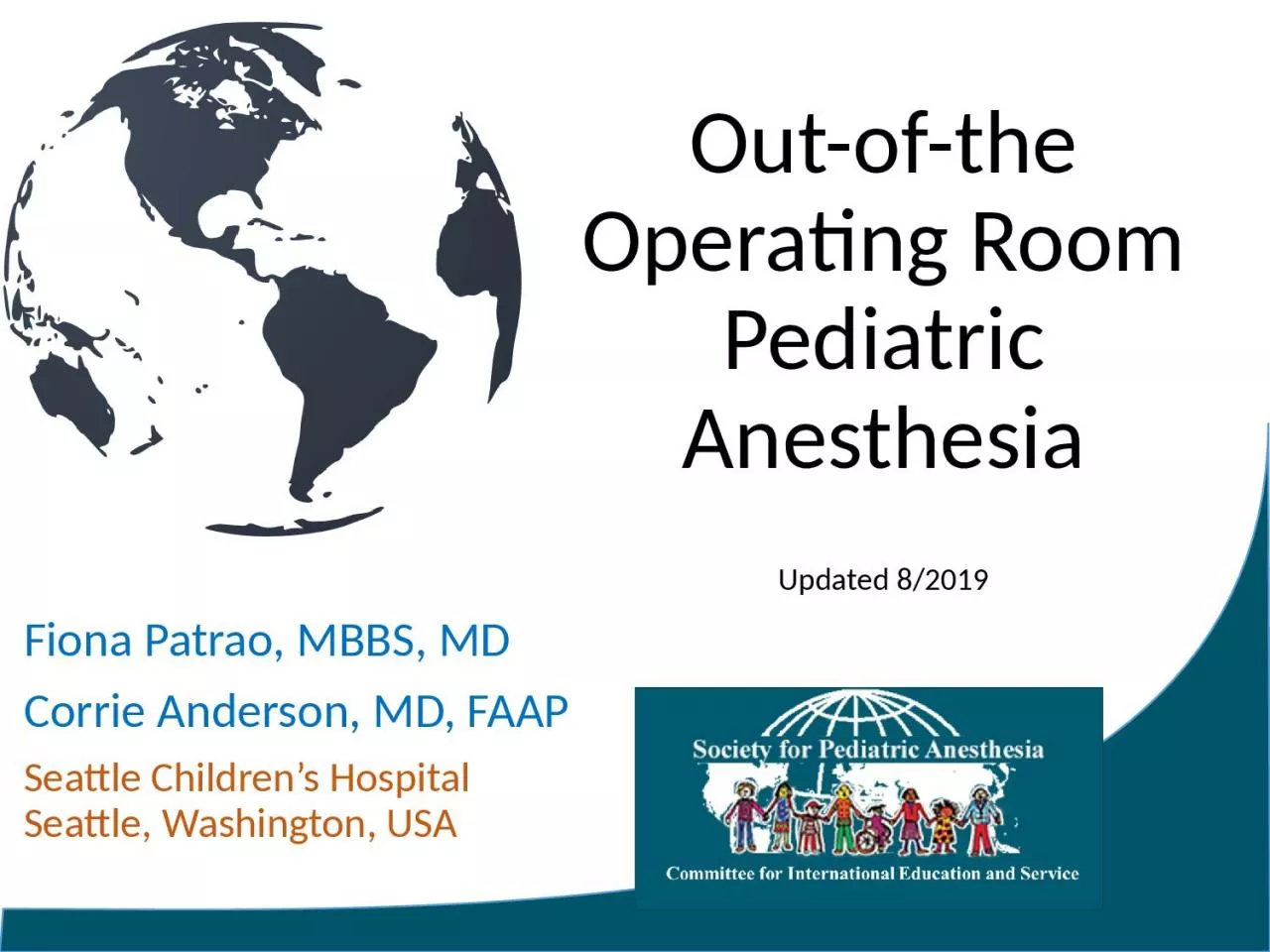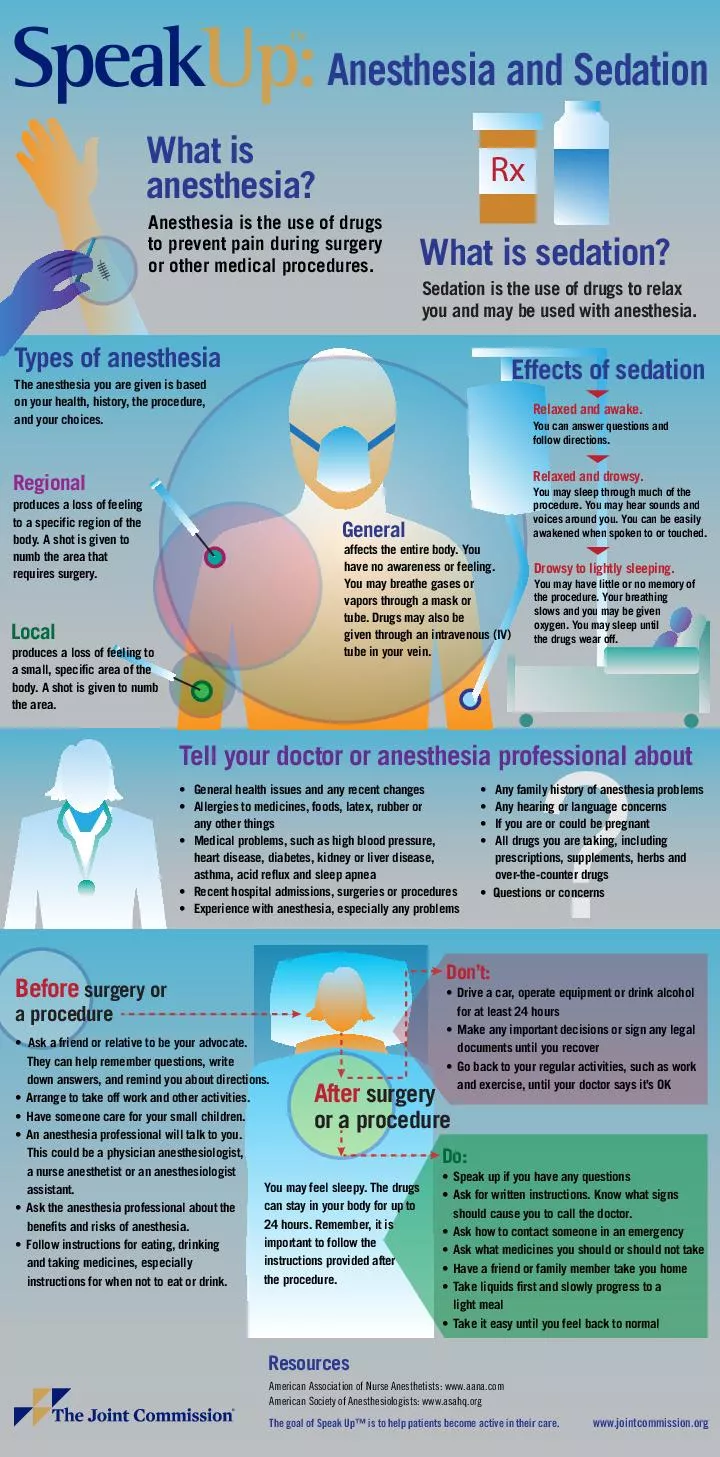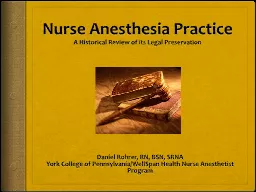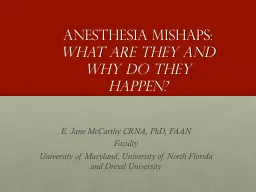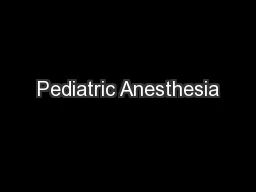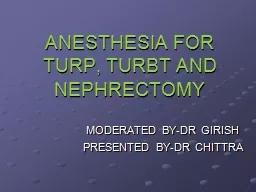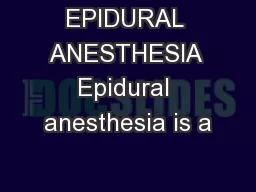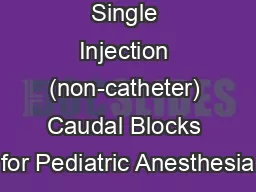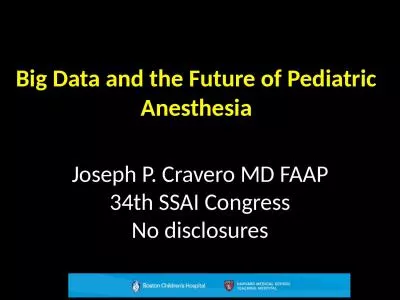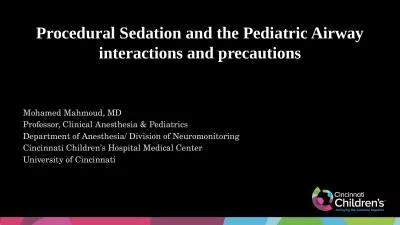PPT-Out-of-the Operating Room Pediatric Anesthesia
Author : emery | Published Date : 2022-06-18
Fiona Patrao MBBS MD Corrie Anderson MD FAAP Seattle Childrens Hospital Seattle Washington USA Updated 82019 Disclosures No relevant financial relationships Learning
Presentation Embed Code
Download Presentation
Download Presentation The PPT/PDF document "Out-of-the Operating Room Pediatric Anes..." is the property of its rightful owner. Permission is granted to download and print the materials on this website for personal, non-commercial use only, and to display it on your personal computer provided you do not modify the materials and that you retain all copyright notices contained in the materials. By downloading content from our website, you accept the terms of this agreement.
Out-of-the Operating Room Pediatric Anesthesia: Transcript
Download Rules Of Document
"Out-of-the Operating Room Pediatric Anesthesia"The content belongs to its owner. You may download and print it for personal use, without modification, and keep all copyright notices. By downloading, you agree to these terms.
Related Documents

